June 29 windstorm: Expert calls for standard report on Monroe County management response


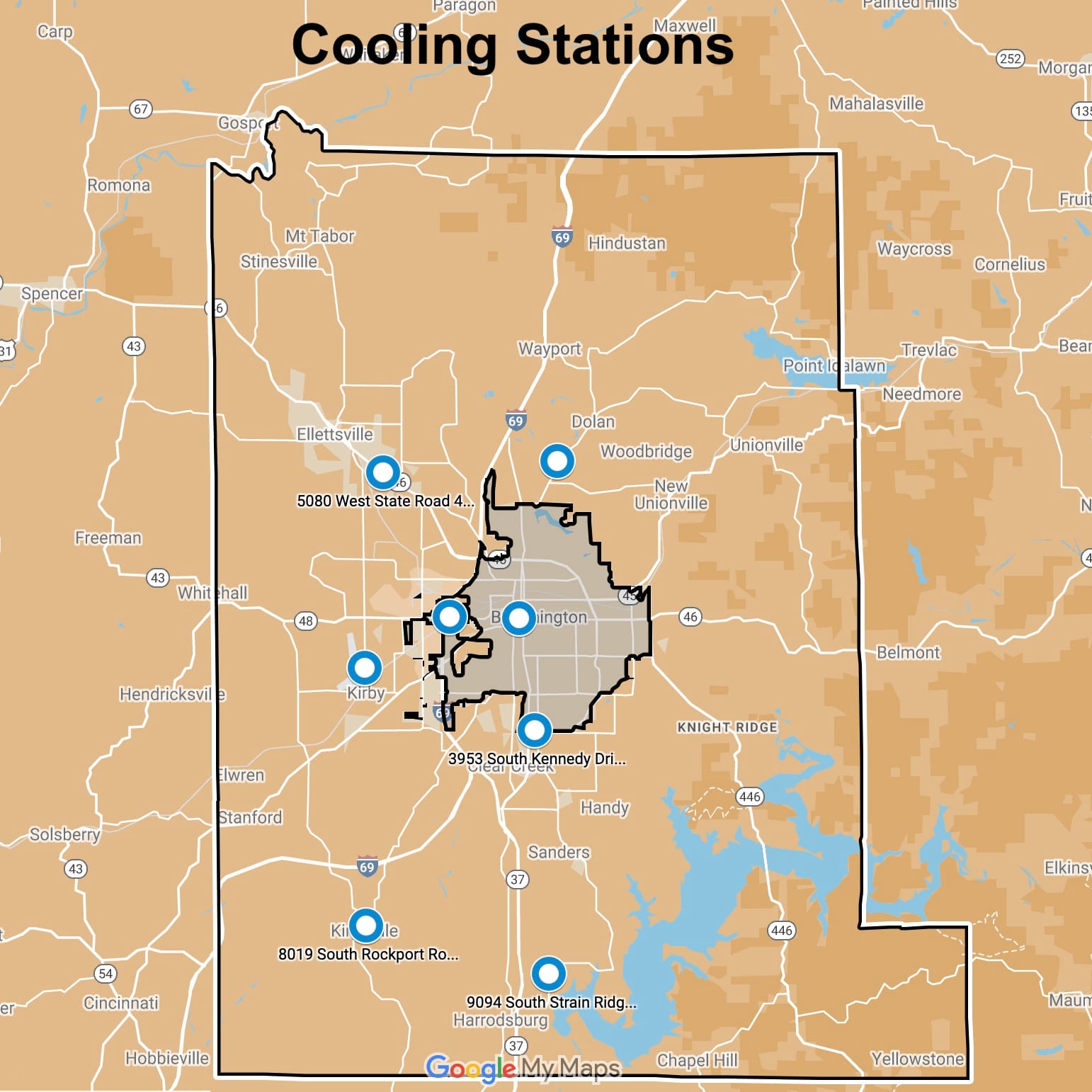
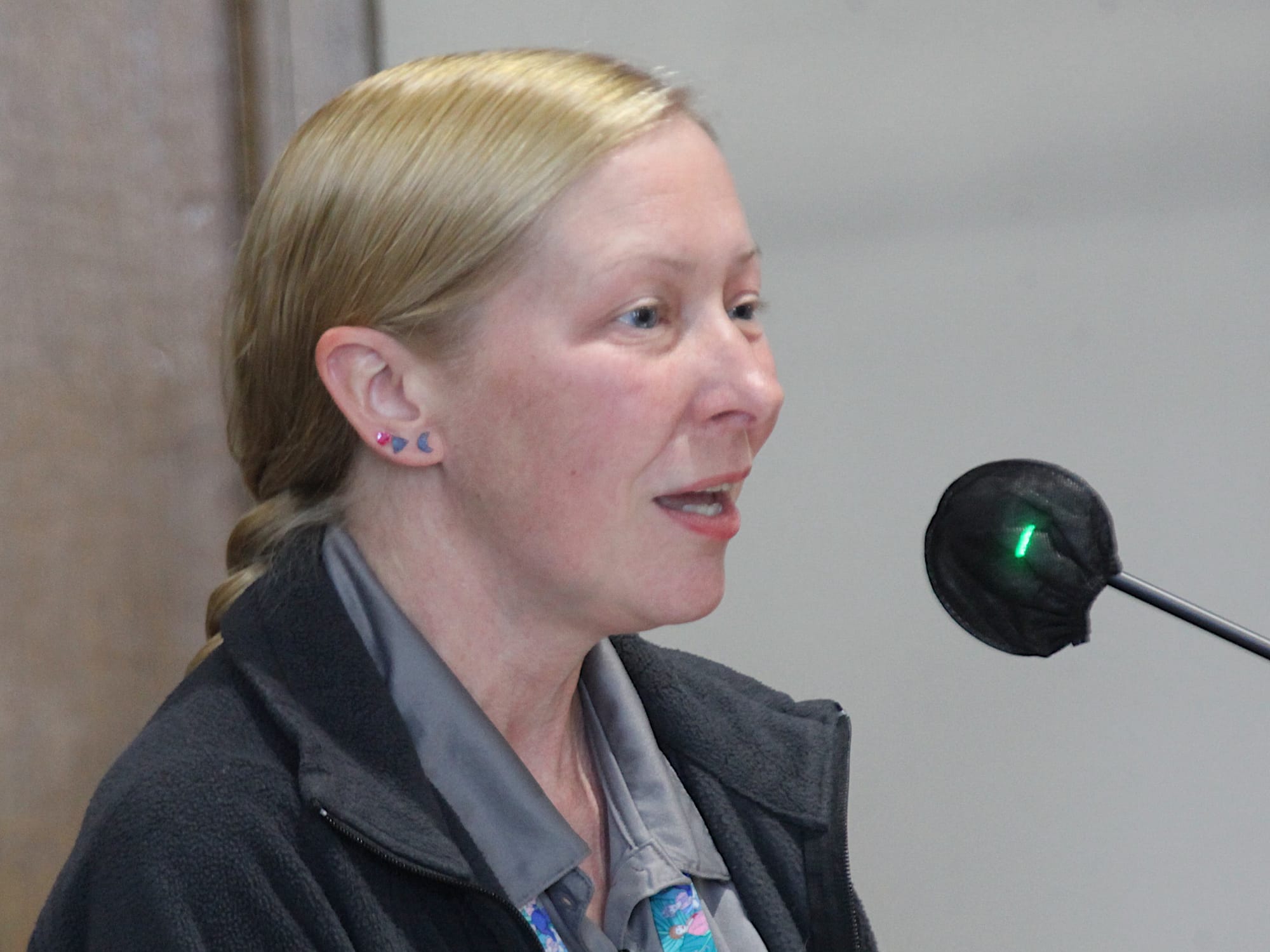
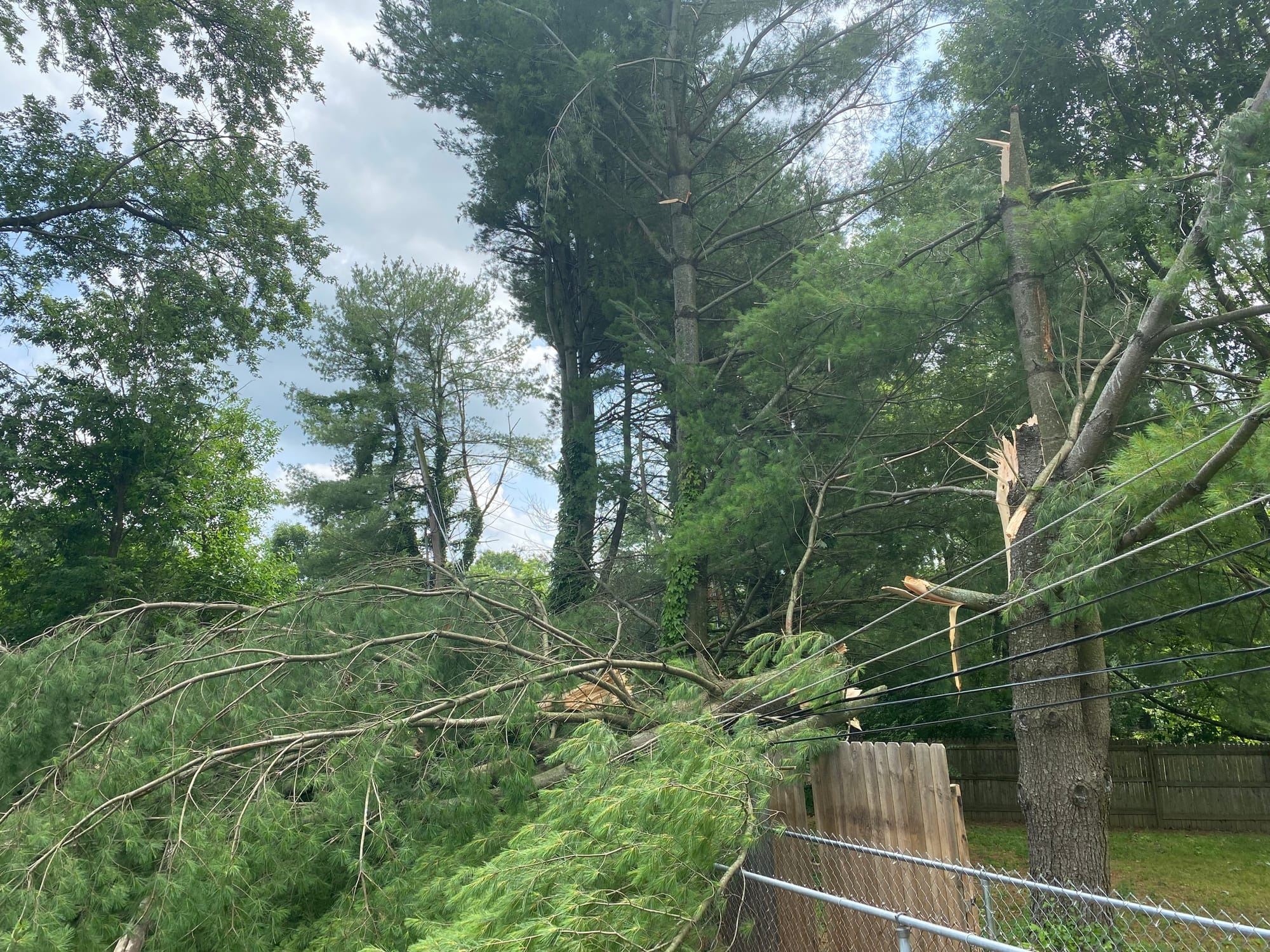
The severe windstorm that blew through Monroe County a week ago was the topic of a staff report, as well as expert comment from the public mic, at Wednesday’s regular meeting of Monroe County commissioners.
Last Thursday’s storm was what meteorologists call a derecho (say deh-REY-cho)—a severe windstorm featuring a long-lasting and extensive squall line that produces damaging winds over a wide area.
Sharp criticism has been logged on social media outlets about the amount of services provided to the public as well as the amount, quality, and timeliness of information that was available—even to government officials—in the immediate aftermath of the storm
In a Facebook post, Perry Township trustee Dan Combs put it like this: “Townships aren’t FEMA. Fifteen thousand people needed a hand held this morning, but the County said things were GREEN and Good to Go.”
Combs’s reference to green is to the color-coded scheme used by the county emergency management department to describe the current status.
Green means “Normal Operations (No reported issues or emergencies). No actions need to be taken.” The scale includes yellow, orange and red, with red defined as “full emergency conditions”
Among the criticisms has been: No food or sleeping quarters were available at the cooling centers that were set up at area fire stations.
At Wednesday’s meeting, Monroe County director of emergency management Jamie Neibel briefed commissioners on the difference between a shelter and a cooling center. A shelter is something that would typically be set up by the Red Cross, Neibel said.
The storm knocked out power to 25,000 Duke Energy customers in Monroe County. Around 18,000 SERMC total customers lost their power.
But the number of people without power and the estimated time for putting power back on line is just part of the information that needs to be distributed during an emergency like Thursday’s storm.
That’s a point made during Wednesday’s public comment time by David Henry, a Monroe County resident, who’s known as the chair of the Monroe County Democratic Party, but who was speaking based on his professional expertise.
Henry teaches emergency management at Indiana University’s O’Neill School of Public and Environmental Affairs, and previously served as Monroe County’s public Health emergency and bioterrorism coordinator.
Henry pointed to the required adoption of a county emergency management plan (CEMP), which is supposed to be updated every five years “as we learn where our gaps may be in our response, and our organization for the whole community.”
Henry continued, “That includes private sector power restoration, as well as mutual aid activities.”
The CEMP that’s available on the county’s website is dated 2018. That means the CEMP should be up for review and adoption this year, Henry noted.
From the public mic, Henry asked county commissioners to insist that a standard After Action Report (AAR) for the June 29 windstorm be made public. Henry called it “an emergency management best practice.”
After Wednesday’s meeting, Neibel told The B Square that an AAR for the June 29 wind storm would be done, like for any other incident. She did not have a time frame for its completion, but indicated the input from everyone responding to the emergency, from power company officials to law enforcement, would be included, to review areas for improvement.
Neibel added, “We also want to acknowledge the things that we did well.”
As for the timing of the AAR, Neibel told The B Square said it was “still early on” in the process. Responding to a question from Henry after the meeting, Neibel said the county is winding down the “response activities” phase for the incident.
Asked by The B Square what specific areas she thinks could use some improvement, Neibel pointed to public information. Neibel said she had posted to Facebook screenshots of emails from the county’s liaison at Duke Energy, but said not everyone follows the county’s Facebook page. She said Monroe County emergency management needs to do a “better job about reaching a broader audience.”
Responding to a question from Henry, Neibel said the county’s emergency operations center had seen a “virtual” activation—just herself and her deputy.
That was among the list of questions that Henry had just told county commissioners need to be asked and answered about the June 29 derecho:
- Was the Emergency Operations Center activated partially or fully? Why or why not?
- If the EOC was activated, who is the currently designated public information officer in the CEMP?
- What steps were taken for food safety in our community—as foods began to spoil four hours after non refrigeration?
- What was the continuity of government plan for executives that may have been out of the community during the time of the derecho and who was responsive and those executive spaces?
Speaking from the public mic, Henry put those questions in the context of Monroe County, a place where 33 percent of the community lives in poverty. Henry said, “They just threw out their paychecks in their refrigerators this week.” He added, “The demands on the township trustees and our food safety and our food security spaces, our food pantries, is severe, and will be severe throughout the summer.”
The county’s nine-member emergency management advisory council (EMAC) is responsible for “ensuring multi-jurisdictional preparation and cooperation for disaster prevention, disaster preparedness, disaster response and recovery services.”
The EMAC meets on the third Tuesday of every other month beginning February of each year. That would make Aug. 15 the date of EMAC’s next meeting.


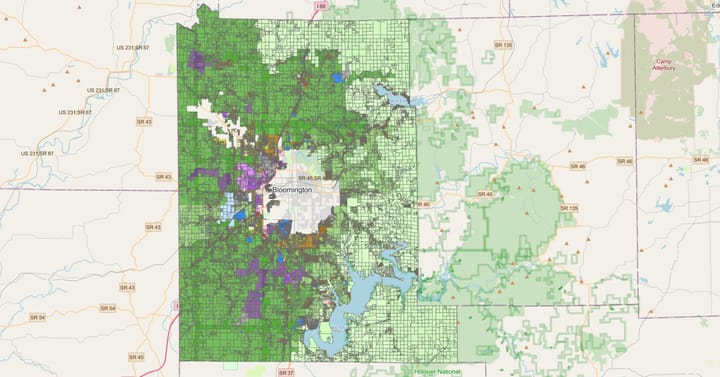
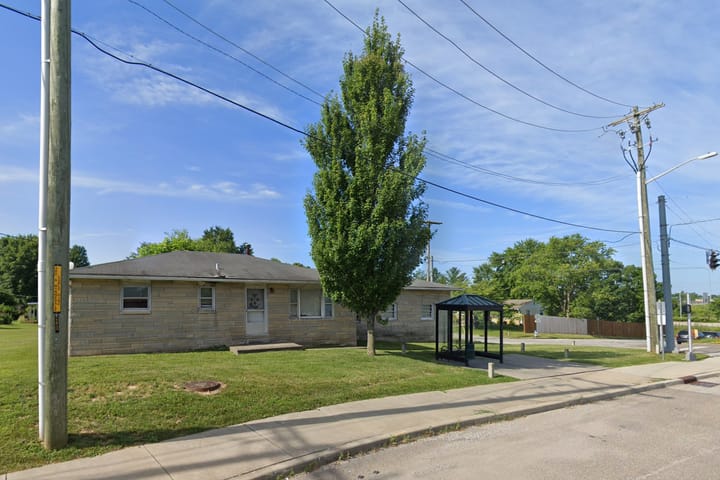
Comments ()